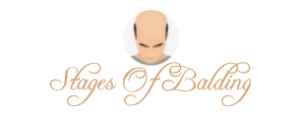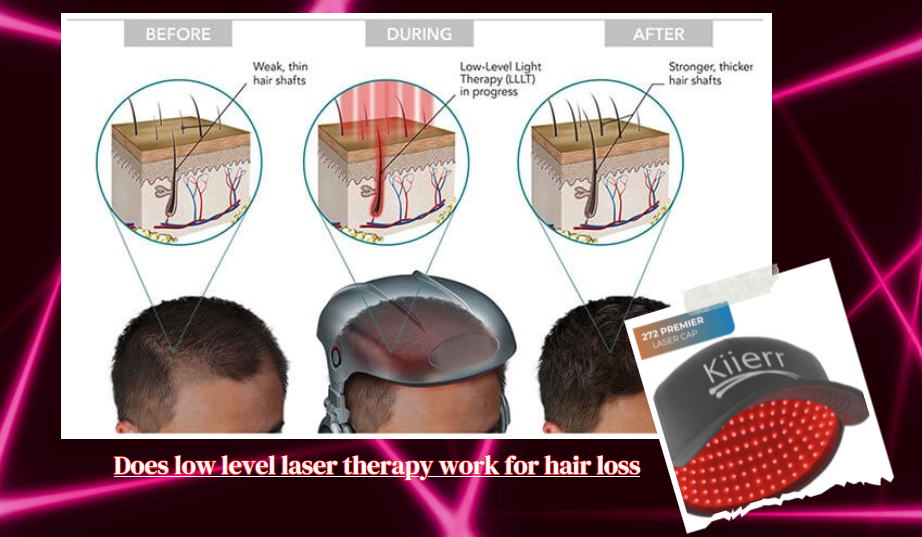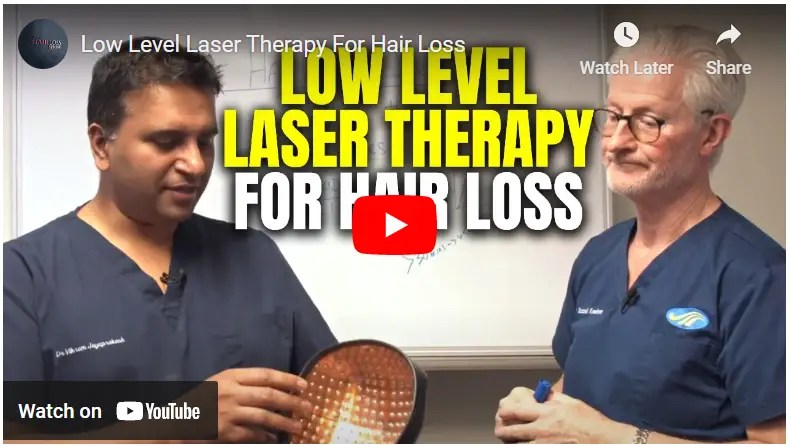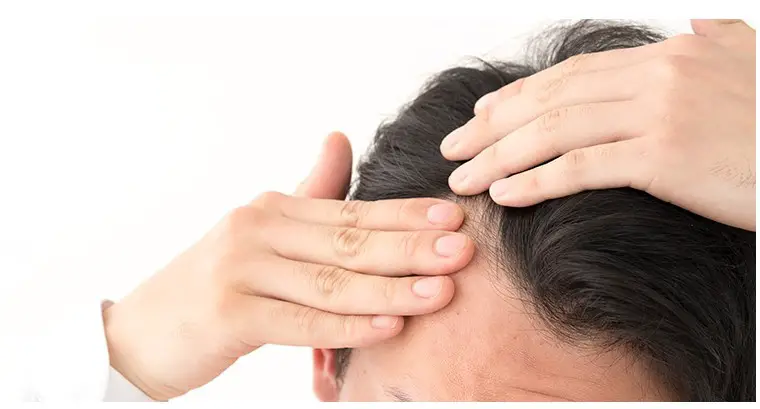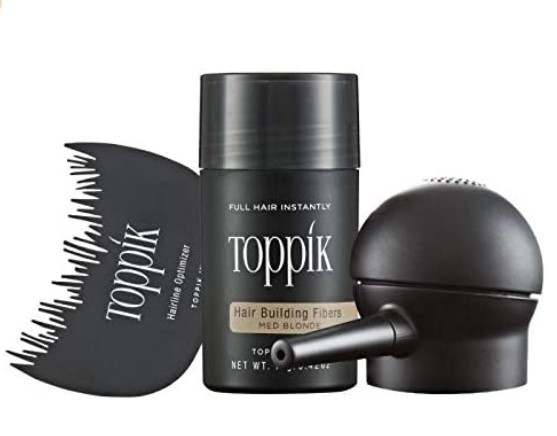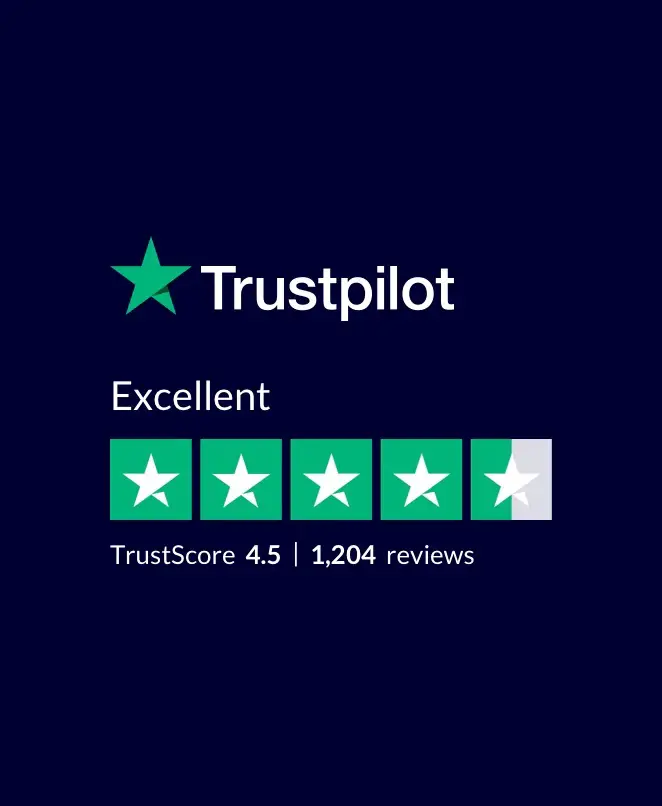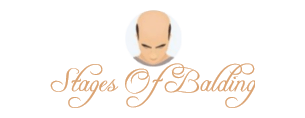Discover the science-backed benefits of low level light therapy for hair loss. Is LLLT better than Minoxidil? Find out here.
Hair loss is a concern that affects millions of people worldwide, both men and women. From hormonal imbalances to genetic predispositions, the causes are numerous. While traditional treatments like Minoxidil and Finasteride have been the go-to solutions for many, they often come with side effects and are not always effective for everyone. This has led to the exploration of alternative treatments, one of which is Low Level Light Therapy (LLLT).
Low Level Light Therapy is a non-invasive treatment that uses low-level lasers or light-emitting diodes to stimulate cellular activity in the scalp. The therapy aims to enhance hair growth and improve the quality of existing hair. It’s a treatment that has garnered attention for its minimal side effects and science-backed efficacy. But the question remains: Does LLLT work for hair loss?
In this comprehensive guide, we will delve into the science behind LLLT, compare it with other treatments, and examine its effectiveness. Whether you’re skeptical or curious, this article aims to provide you with all the information you need to make an informed decision. If you’re looking for a device to start your LLLT journey, don’t miss what is the best laser cap for hair growth review. Discover the potential of LLLT and see if it’s the right fit for your hair loss concerns.
- LLLT is a promising treatment for hair loss, with various devices available on the market.
- While genetics play a significant role in hair loss, treatments like LLLT can help in hair regrowth.
- It’s essential to choose the right LLLT device and use it as recommended for the best results.
? Ready to take the first step towards fuller, healthier hair? Keep reading to discover why LLLT could be the solution you’ve been searching for!
What is Low Level Light Therapy?
Low Level Light Therapy (LLLT) is a groundbreaking treatment that has been making waves in the medical community for its diverse applications, including its use for treating hair loss. Originating in the 1960s, LLLT was initially used for wound healing and pain relief. However, its scope has expanded significantly over the years, and it is now a sought-after solution for those grappling with thinning hair or baldness.
Unlike traditional laser treatments that use high-intensity lasers to remove tissue or create thermal effects, Low Level Light Therapy employs low-level lasers or light-emitting diodes (LEDs). These low-level lasers do not emit heat, sound, or vibration, making the treatment non-invasive and virtually painless. This is a stark contrast to traditional laser treatments, which often require recovery time and can have side effects.
The most typical reason for hair loss in men and women is androgenetic alopecia. The hereditary condition causes hair follicles to shrink and remain dormant, eventually stopping hair growth entirely.
Other types of alopecia and hair loss that result from factors like chemotherapy or severe hair loss that may happen to women after menopause or pregnancy can also be treated with LLLT.
Additionally, it’s frequently used to substitute other hair loss treatments, like PRP therapy, and it works especially well when combined with hair transplant procedures. LLLT has also been shown to be more beneficial than medications in the short term.
Soft Laser and Biostimulation Laser
Within the realm of Low Level Light Therapy (LLLT), two specific types of lasers are commonly used: Soft Laser and Biostimulation Laser. These terms are often used interchangeably and fall under the broader category of LLLT or Photobiomodulation Therapy. These lasers are designed to stimulate cellular activity without causing thermal damage, making them ideal for natural healing and growth processes. If you’re intrigued by the types of devices that utilize these lasers, be sure to explore our red light therapy hair loss caps.
Soft Laser and Biostimulation Laser devices generate laser radiation in the visible and infrared range, with power levels ranging from 1 to 500 mW. The primary objective of LLLT is to stimulate various biological processes in tissues, making it a safe and effective method for physical therapy. The therapy has been proven to have multiple beneficial effects on the body, including:
- Increased endorphin levels
- Enhanced sodium-potassium pump activity
- Boosted ATP, DNA, and RNA synthesis
- More efficient absorption of lymphoedema
- Accelerated cell and tissue regeneration
LLLT has a long history of use in fields like rheumatology and physical therapy. It is often recommended for treating hard-to-heal wounds, ulcers, and for pain management. The therapy is non-invasive, painless, and has a low likelihood of side effects. It can be applied to both chronic and acute conditions, and its effectiveness has been confirmed through various tests and studies.
Additional low-level laser therapy indications
Typically low-level laser therapy is prescribed by doctors, physical therapists, dentists, and other health practitioners for the following:
- Medical issues
- Acupuncture alternatives
- Low-level laser therapy for skin rejuvenation
- Inflammation
- Minor injuries and mild sprains
- Aches and pains
- Hard-to-heal wounds
How Does LLLT Work for Hair Loss?
The science behind Low-Level Light Therapy (LLLT) for hair loss is both intricate and promising. LLLT employs specialized lasers or light-emitting diodes (LEDs) to deliver photons into the scalp. These photons are absorbed by weaker cells that are in need of energy, thereby accelerating the healing and restoration process. The underlying principle here is photobiomodulation, a process where light energy is converted into cellular energy. This conversion stimulates hair follicles, encouraging not only the growth of new hair but also revitalizing existing strands.
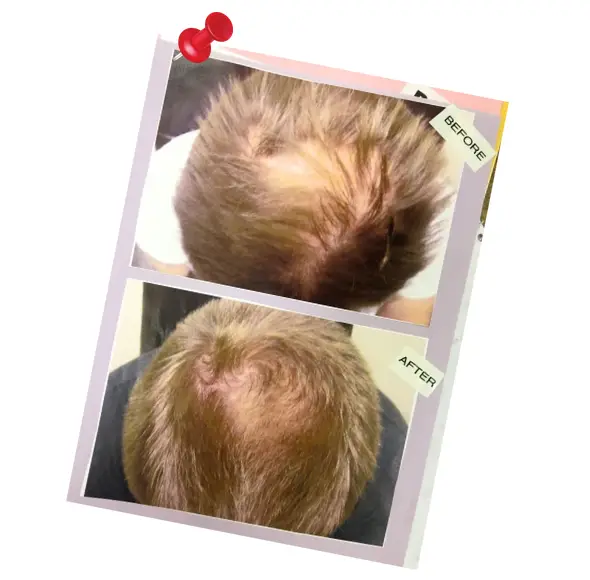
Scientific Principles Behind LLLT
LLLT is not a new phenomenon; it has been utilized for years across various industries, including dermatology, physical therapy, and even hairdressing. The therapy employs a specific wavelength of light, usually in the red spectrum, often referred to as a “cold therapy laser.” The wavelength used in LLLT typically ranges between 650–670 nanometers, which is considered low-level. This makes LLLT a highly effective treatment for both male and female pattern hair loss, without the risk of side effects.
Table: Summary of Clinical Studies
| Study Type | Results | Duration |
|---|---|---|
| Randomized Controlled Trials | Significant increase in hair count | 6 months |
| Meta-Analysis | Positive effects on hair thickness | 1 year |
| Longitudinal Studies | Sustained benefits with continuous use | 2 years |
Benefits of LLLT for Hair Loss
The benefits of Low-Level Light Therapy (LLLT) for hair loss are backed by both scientific research and real-world testimonials. One of the most compelling advantages is its ability to stimulate hair growth. By targeting the hair follicles, LLLT not only encourages the sprouting of new hair but also revitalizes existing strands. Another significant benefit is the enhancement of hair thickness, as LLLT has been proven to increase the diameter of individual hair fibers, giving your hair a fuller appearance.
Advantages and Disadvantages
While LLLT offers a plethora of benefits, it’s essential to weigh the pros and cons to make an informed decision.
Pros:
- Effective Treatment for Thin and Weak Hair Follicles: LLLT is particularly potent in treating thin and weak hair follicles, contributing to thicker and fuller hair.
- No Known Side Effects: The treatment is safe, with no reported side effects, making it a preferred choice for many.
- Complementary to Other Treatments: LLLT can be used alongside other hair loss treatments like medication, platelet-rich plasma therapy, and hair transplant surgery to amplify their effects.
- Natural and Gradual Results: Expect to see natural and gradual improvements, with most patients reporting thicker hair within 2-4 months.
- FDA-Approved: The FDA’s approval further substantiates its effectiveness and safety.
Cons:
- Cost: While the initial investment in an LLLT device can be high, it’s worth noting that the device will last for years, offering long-term value.
For those who are hesitant about using chemical-based treatments like finasteride or minoxidil, LLLT serves as a no-side-effect alternative. Whether you opt for an at-home LLLT cap, a high-frequency comb for hair growth, or in-office LLLT sessions, the choice is yours.
But, Does LLLT Work?
Comment
byu/helloitsmemcdoober from discussion
intressless
Real-World Experiences and Insights from Reddit
The question of whether Low-Level Light Therapy (LLLT) truly works for hair loss is a subject of ongoing debate, especially among real-world users. Online platforms like Reddit serve as a treasure trove of firsthand experiences, offering a nuanced view of LLLT’s effectiveness. Specifically, the subreddit r/tressless has become a hub for sharing personal journeys with LLLT, often in combination with other treatments like minoxidil, finasteride, and micro-needling.
Comment
byu/helloitsmemcdoober from discussion
intressless
Mixed Reviews on LLLT Effectiveness
The Reddit community presents a mixed bag of opinions when it comes to the efficacy of LLLT for hair loss. While some users have reported positive outcomes, others have not experienced significant changes, and a few even mention increased scalp oiliness.
User Experiences Summarized:
- Positive Outcomes: Several Reddit users have noticed improvements in hair thickness and even new hair growth in previously bald areas.
- Negative Experiences: A subset of users report no noticeable changes, with some even experiencing increased scalp oiliness.
- Combination Therapies: Interestingly, a few users have found success by combining LLLT with other treatments like micro-needling and topical minoxidil.
Table: Summary of Reddit User Experiences
| Experience Type | Common Observations | Additional Treatments Used |
|---|---|---|
| Positive | Improved hair thickness, new hair growth | Micro-needling, Minoxidil |
| Negative | No change, increased scalp oiliness | N/A |
| Combination | Improved results when used with other treatments | Micro-needling, Minoxidil |
LLLT Devices for Hair Growth
When it comes to combating hair loss, the market is flooded with various LLLT devices designed for hair growth. These devices range from handheld combs and brushes to more sophisticated laser caps and helmets. Each type of device offers its own set of features, pros, and cons, making the choice a bit overwhelming for potential users.
Best LLLT Device for Hair Loss
To simplify the decision-making process, we’ve compiled a comprehensive table comparing the top LLLT devices for hair growth. This table takes into account various factors such as the number of lasers, wavelength, price, and user reviews.
Table: Comparison of Top Devices
| Device Name | Number of Lasers | Wavelength | Price | User Reviews |
|---|---|---|---|---|
| Kiierr 272 Premier Laser Cap | 272 | 650 nm | $999 | 4.8/5 |
| Illumiflow 272 Laser Cap | 272 | 655 nm | $799 | 4.5/5 |
| Theradome PRO LH80 Laser Hair Helmet | 80 | 680 nm | $895 | 4.2/5 |
For those looking for more detailed information on laser caps, don’t miss our comprehensive guide on laser hair growth cap.
Is FDA approved LLLT devices?
The Food and Drug Administration of the United States has approved low-level laser therapy (LLLT) devices, a non-invasive alternate solution therapy, for several diseases and conditions, which include hair loss.
It is also known as low-power laser therapy, soft laser biostimulation, photobiomodulation, and cold laser therapy (LPLT).
Low-intensity lasers are applied to the affected area(s) of the body during low-level laser therapy to stimulate hair follicles, speed up healing, or relieve pain. The tissues of the body are not damaged or inflamed by the lasers. Additionally, they do not directly contact internal tissues or break the skin.
The red or near-infrared light that lasers emit is focused on damaged cells. The physiological response from the tissues’ light absorption aids in cell regeneration.
Low-Level Laser Therapy Hair Side Effects
Low-Level Laser Therapy (LLLT) has gained traction as a safe and effective treatment for hair loss. It’s non-invasive, easy to use, and relatively affordable. However, like any medical treatment, it’s essential to be aware of potential side effects. Here’s what you need to know:
Reported Side Effects:
- Dry Skin: About 5.1% of users have reported experiencing dry skin after LLLT treatment.
- Pruritis: This is a medical term for itching, and approximately 2.5% of users have reported this side effect.
- Scalp Tenderness: Around 1.3% of users have experienced tenderness in the scalp area.
- Irritation: Another 1.3% have reported general irritation after undergoing LLLT.
For more detailed information, you can refer to this scientific study on the safety and efficacy of LLLT.
Other Possible Side Effects:
- Headaches
- Burning Sensation
- Scalp Redness
- Itching
These side effects are generally mild and transient. It’s worth noting that the risk of experiencing these side effects is relatively low. In fact, LLLT is often considered safer than other hair loss treatments available on the market.
Consult a Medical Dermatologist: If you’re considering LLLT for hair loss, it’s crucial to consult with a medical dermatologist to determine the most effective and safest treatment pathway for your specific condition.
By being aware of these potential side effects, you can make an informed decision about whether LLLT is the right treatment for you.
LLLT vs Other Treatments
When it comes to treating hair loss, there are several options available, including pharmaceuticals like Minoxidil and Finasteride. However, Low Level Light Therapy (LLLT) has emerged as a non-invasive alternative that many find appealing. But how does it stack up against these traditional treatments?
Is LLLT Better Than Minoxidil?
The comparison between LLLT and Minoxidil often boils down to personal preference, the severity of hair loss, and the individual’s response to treatment. While Minoxidil is a topical solution that requires daily application, LLLT is a more passive treatment that involves wearing a laser cap or helmet for a specified period. Here are some points to consider:
- Effectiveness: Both treatments have shown promise in promoting hair growth, but LLLT has the added benefit of being pain-free and non-invasive.
- Side Effects: Minoxidil can cause scalp irritation and other side effects, whereas LLLT has minimal side effects, making it a more comfortable option for long-term use.
- Convenience: LLLT devices can be used at home and require less frequent treatment, offering a more convenient approach compared to daily applications of Minoxidil.
For a more in-depth comparison, including user reviews and clinical studies, check out our comprehensive guide on the Best Laser Cap for Hair Loss.
LLLT Results: Before and After
Understanding the journey of low-level laser therapy for hair loss from start to finish can provide valuable insights into its efficacy. Here’s a breakdown of what you can expect before, during, and after undergoing LLLT.
Before – Laser Light Therapy
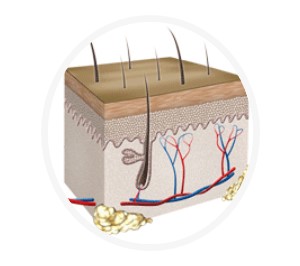
Before starting LLLT, it’s crucial to understand that this treatment aims to increase blood flow to the scalp. Enhanced blood circulation can potentially stimulate dormant hair follicles, setting the stage for improved hair growth. It’s advisable to consult a healthcare provider for a thorough evaluation of your hair loss condition to determine if LLLT is the right treatment for you.
During – Laser Light Therapy
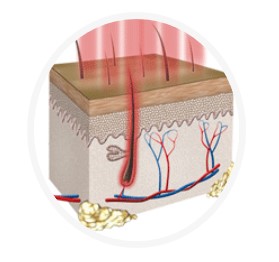
The core of LLLT lies in its specific wavelength range of 650–670 nm, which targets the mitochondria in cells. This stimulation results in increased cellular activity, leading to faster metabolism. The outcome is enhanced blood flow, which brings along oxygen, platelets, and other healing elements to the affected area. This phase is crucial for setting the groundwork for potential hair regrowth.
After – Laser Light Therapy
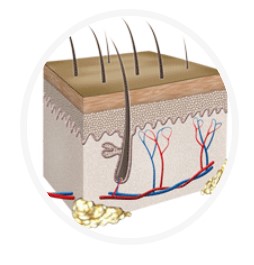
Post-treatment, individuals often report a healthier scalp and, in many cases, thicker and more robust hair. However, it’s essential to note that results can vary from person to person. Consistent treatment and patience are key to achieving optimal outcomes. For a more vivid understanding, you can explore real-life transformations in our low level laser therapy hair loss before after photos.
FAQs About LLLT for Hair Loss
How Often Should You Do LLLT?
Consistency is key when it comes to Low-Level Laser Therapy (LLLT) for hair loss. It’s generally recommended to use the device 2-3 times per week, for about 20–30 minutes per session. Most users notice a decrease in hair thinning or shedding within the first 90 days, while significant thickening is usually observed around months 4-6. To maintain results, it’s advisable to continue using your home laser treatment once or twice a week.
What Light Therapy is Good for Hair Loss?
Based on scientific evidence, LLLT has proven to be effective for hair loss treatment. It operates on the principle of photobiomodulation, stimulating hair follicles to encourage growth and revitalize existing strands. FDA-approved devices typically use wavelengths of light that penetrate deep into the scalp, making it a safe and effective treatment option.
Does Laser Therapy Stimulate Hair Growth?
Yes, according to both scientific studies and real-world testimonials. LLLT devices like the Capillus laser cap, Kiierr Laser Cap, and HairMax Regrowmd Laser 272 have shown positive results in clinical trials and have garnered positive reviews from users. These devices meet stringent criteria, including the number of diodes and the quality of lasers used, making them reliable choices for hair growth treatment.
What Stage of Hair Growth is Best for Laser?
When considering Low-Level Laser Therapy (LLLT) for hair loss, it’s imperative to use an FDA-approved device. These devices have been rigorously tested to ensure their safety and effectiveness in treating hair loss. LLLT is particularly beneficial for those experiencing Stage 3 hair loss, a form of female and male pattern baldness also known as androgenic alopecia. This stage is characterized by a deep recession of the hairline around the temples, often forming an “M” or “U” shape. Additionally, significant balding may occur at the center of the skull, also known as the vertex. The hairline may further develop a more pronounced “M” shape when viewed from above. At this stage, individuals often begin to notice clinically significant balding.
FDA-approved LLLT devices employ various wavelengths of light that penetrate deeply into the scalp. This stimulates the growth of new hair follicles and prevents further hair loss. The stage of hair growth you’re in will influence the laser wavelength used. Generally, longer wavelengths are ideal for promoting growth during the telogen phase, while shorter wavelengths are effective during the anagen phase.
For tailored advice on the best device and settings for your specific needs, consult your healthcare provider. This ensures you’ll reap the maximum benefits and safety from your LLLT treatment.
Is Low-Level Laser Therapy Good for Hair Regrowth?
Absolutely. Medical experts and hair doctors widely endorse LLLT for treating male and female pattern baldness. The therapy not only aids in hair regrowth but also improves the overall health and condition of existing hair. Devices like the Theradome Evo and HairMax come with manufacturer warranties and full refunds (less a restocking fee), offering customers little to lose by trying out these low-level laser options.
Conclusion
Low-Level Laser Therapy (LLLT) has emerged as a scientifically-backed and user-approved method for treating hair loss. From its ability to stimulate hair follicles and encourage new growth to its safety profile with no known side effects, LLLT offers a compelling alternative to traditional treatments like minoxidil and finasteride. The therapy is not only effective but also convenient, with various at-home devices like Kiierr Laser Cap, Illumiflow 272 Laser Cap, and Theradome PRO LH80 Laser Hair Growth Helmet offering the same or even better results than in-office treatments.
The effectiveness of LLLT is further supported by real-world experiences shared on platforms like Reddit, where users have reported positive outcomes, especially when combining LLLT with other treatments. However, it’s essential to note that results can vary, and LLLT is most effective when used consistently and in the right stage of hair growth. FDA-approved devices are recommended to ensure safety and efficacy.
Final Thoughts
LLLT for hair loss is more than just a trend; it’s a treatment backed by science and real-world results. Whether you’re looking to halt hair loss, improve the thickness of your existing hair, or stimulate new growth, LLLT offers a promising solution. It’s a worthwhile investment, especially for those who prefer a non-chemical, non-invasive approach to hair loss treatment. With a variety of FDA-approved devices available, you’re likely to find one that fits your needs and lifestyle.
Ready to take the next step in your hair growth journey? Explore the best laser caps for hair loss to find the perfect fit for you.
Additional Resources
For those interested in delving deeper into the science and user experiences surrounding Low-Level Laser Therapy (LLLT) for hair loss, a wealth of resources is available. These include scientific papers, online forums, and even product links to help you make an informed decision.
Scientific Papers:
- A Study on the Efficacy of LLLT in Male and Female Pattern Hair Loss: This paper from the National Center for Biotechnology Information (NCBI) provides a comprehensive look at how LLLT affects both men and women.
- Mechanisms of Low-Level Light Therapy: Another NCBI article that delves into the science behind LLLT, explaining how it works at a cellular level.
Product Links:
- Laser Cap on Amazon: If you’re ready to make a purchase, this link takes you directly to a highly-rated LLLT device.
Online Forums
- Reddit Discussion on LLLT: For real-world experiences and user testimonials, this Reddit thread offers a variety of perspectives on the effectiveness of LLLT.
These resources offer a balanced view, from scientific validation to real-world application, to help you make an educated decision on whether LLLT is the right treatment for your hair loss needs.
- AI Powered Bald Filter Online 2024: See Yourself with No Hair! - January 19, 2024
- Harklinikken Bad Reviews 2024: Analyzing Negative Feedbacks - January 18, 2024
- How to Get the Alex Eubank Hair | Step-By-Step Tutorial 2024 - January 18, 2024
